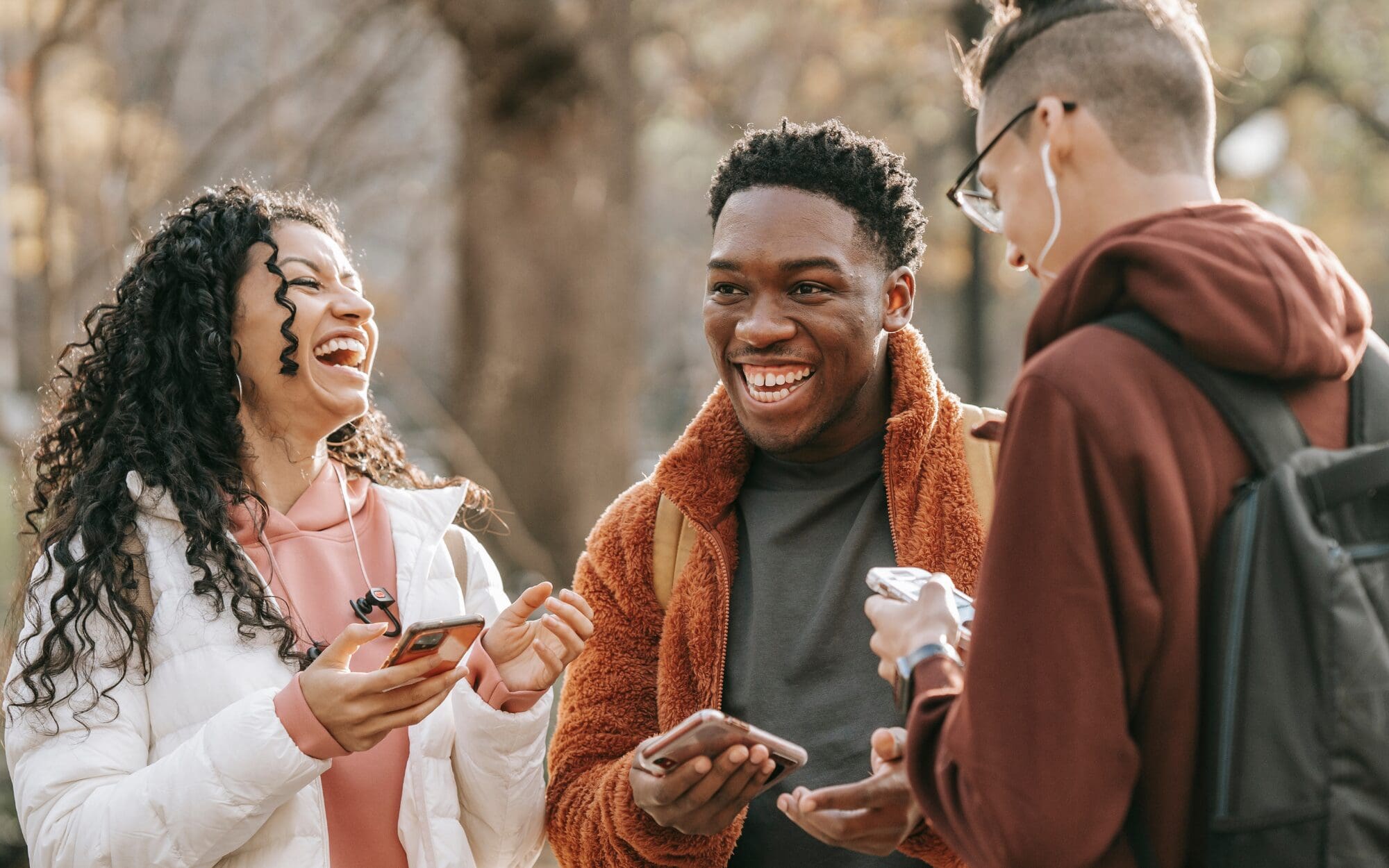How COMMUNITY Helps You Heal (Essential 8 Series – Part 7)
Episode 66: Spotify | Apple Podcasts | YouTube
View transcript on Buzzsprout
Humans are hardwired for connection, yet many of us are trying to heal in isolation. This post, part seven of Amanda’s Essential 8 series, explores how community shapes our ability to recover from trauma, regulate our nervous system, and feel a deeper sense of purpose and belonging. If you’re tired of doing the heavy lifting on your own, this is your invitation to consider the role of relationships in your healing journey.
Resources:
- 📓 Download your Community Workbook! – CLICK HERE
- IG post I referenced
- 3 research studies referenced:
What We Cover in This Episode
- Why community is a biological imperative
- How isolation impacts nervous system health
- The science behind co-regulation and connection
- How to reflect on your current sense of belonging
- Ways to start cultivating intentional community
Why Connection Matters for Mental Health
Humans have evolved to live, work, and heal in community. Historically, survival depended on shared resources, collaborative parenting, and intergenerational support. Today, modern society has moved toward individualism and digital connection, but our biology hasn’t caught up. We still crave eye contact, shared experiences, and safe people to turn to when life feels heavy.
From postpartum moms to teens navigating social pressure, disconnection is more common than ever—and it’s affecting our mental health. Loneliness and isolation activate the same pain pathways in the brain as physical injury. The result? A dysregulated nervous system that struggles to feel safe, seen, or supported.
Community as a Regulator
When we’re overwhelmed, co-regulation—the calming presence of another human—can help us reset. Without it, stress can turn into stored trauma. As Peter Levine explains, “Trauma is not what happens to us, but what we hold inside in the absence of an empathetic witness.”
Empathy, validation, and shared experience are more than emotional comforts; they’re biological interventions. They tell your system, “You are not alone. You’re safe now.” And that’s often the turning point between healing and long-term struggle.
The Science of Social Support
Research shows that strong social support systems reduce symptoms of PTSD, anxiety, and depression. Community buffers stress and builds resilience, especially when it includes emotional attunement and shared experience.
In her own graduate research, Amanda studied how peer mentorship and physical activity supported students with depression. The takeaway? Healing is amplified in community.
Intentional Belonging: Who’s at Your Table?
Building community as an adult can feel intimidating. But healing starts with awareness. Who in your life feels safe? Who escalates your stress? Reflecting on these dynamics is the first step toward intentional belonging.
To help, Amanda created a free Community Workbook that includes:
- A list of ways to improve connection in everyday life
- A self-reflection worksheet called “Who’s at Your Table?”
This simple but powerful exercise helps you identify what kinds of support you have—and what might be missing.
You Don’t Have to Heal Alone
It’s never too late to build the co-regulation blueprint you may not have received as a child. Online spaces like the Regulated Living Membership can offer a starting point—a place to feel less alone, connect with others who get it, and practice healthy nervous system habits together.
Whether it’s a support group, community dance class, or crafting night, the goal is the same: to find safe spaces where you can be seen, supported, and yourself.
Three Tangible Takeaways
- Connection is a biological need. Healing requires safe relationships and co-regulation.
- We live in a disconnected world. Look for ways to build real, not just digital, connection.
- Social support builds resilience. Community helps buffer stress and improves outcomes for anxiety, depression, and trauma.
Looking for more personalized support?
- Book a FREE discovery call for RESTORE, our 1:1 anxiety & depression coaching program (HSA/FSA eligible & includes comprehensive bloodwork)
- Join me inside the Regulated Living Membership, a mental health membership and nervous system healing space (sliding scale pricing available)
- Join my Release Class – Monthly guided nervous system regulation class
- Order my book, Healing Through the Vagus Nerve today!
- Download free resources here
*Want me to talk about something specific on the podcast? Let me know HERE.
Disclaimer: This article is for informational purposes only and is not a substitute for professional medical advice, diagnosis, or treatment. Always seek the advice of your physician or qualified mental health provider with any questions you may have regarding a medical condition.

Leave a Reply Cancel reply
A mental health newsletter that feels like a deep breath: simple, grounding, and here to remind you that healing is possible.
The Weekly Rewire
Navigate
Regulated Living provides neuroscience-backed mental health coaching to help you regulate your nervous system and reclaim your life from anxiety and depression.
Heal
Learn
Paragraph